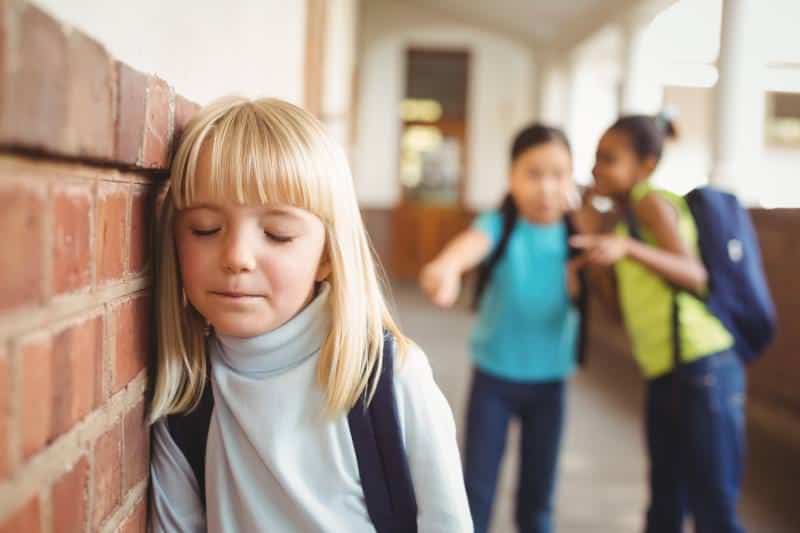“Hurt people hurt people.”
That’s how one middle school principal summed up the origins of bullying for me. My interview with her was one of many I conducted, years ago, for a parenting book I wrote — yet her concise description of why kids bully has always stayed with me. It makes even more sense today, given recent incidents at schools. But while tracing the primary roots of bullying may seem easy, stopping its spread in schools is not. Tackling bullying requires vigilance, an arsenal of school-based resources, and the empathic engagement of parents and other adults.
Bullies’ slings and arrows fly fast, and early. According to a new survey of 9-11-year-olds — the first nationally representative student data on bullying in elementary school — 62 percent have “ever” been bullied; 14 percent have, already, been bullied “many times.” The survey, from Cartoon Network and Harvard’s Graduate School of Education, assessed 1,054 public and private school students about verbal, physical or electronic bullying.
In middle school, federal survey data, currently available just for select states, show 38 percent t o52 percent of public and private students were bullied at school; 18 percent to 29 percent were bullied electronically. The latest federal survey data on high schoolers, available nationwide, reveal 20 percent of public or private students were bullied at school during the previous year; 16 percent were bullied electronically.
Think about all that hurt — across every level of K-12 education.
Savvy school officials are finding smarter ways to track threats. Fifty North Carolina middle and high schools have been piloting a new smartphone app, SPK UP NC, which enables students to submit anonymous tips about bullying, danger, drugs, and more. The pilot program has run in Avery, Macon, Forsyth, Wayne, and Johnston counties, and concludes May 1.
Schools have found the app “useful as a reporting tool,” says Ben Matthews, Chief School Operations Officer at the N.C. Department of Public Instruction. “There is a place for this in our warfare against student violence,” adds Matthews. Students submitted more tips about bullying than any other concern.
Expanding the app to every North Carolina middle and high school “could give a pretty big bang for the buck,” says Matthews, costing about $2 million to set up. DPI will recommend statewide expansion. But the final decision is up to the General Assembly.
Let’s hope lawmakers sign on. Similar tools work elsewhere: Program statistics indicate Michigan’s confidential mobile reporting app, OK2SAY, has produced nearly 12,000 tips since 2014. OK2SAY has helped schools address bullying, confiscate weapons, and prevent violence.
Tough, clear, well-publicized bullying policies — consistently enforced — are important. Training helps, too: The Center for Safer Schools, within DPI, offers school stakeholders training on bullying basics, cyber-safety, and more.
Ultimately, changing school climate starts with empathic parents, who teach children their most enduring lessons about goodness and kindness. What happens when home is hostile? That’s a hard hurt to heal. Can schools teach empathy, using a parent-child relationship as a prototype for peer relationships? Some are trying. Roots of Empathy, an international elementary school intervention, “strives to break the intergenerational cycle of violence and poor parenting” by modeling a healthy parent-child relationship for students. A baby-parent duo visits a classroom monthly, demonstrating responsiveness to another’s needs and feelings. Several studies show this program reduces aggression and increases emotional competencies.
These strategies are no facile fix. They’re just a start. There’s much more to do to ensure schools are supportive and safe. We know hurt people hurt people. Yet we know this, too: Whole people can help heal people, protect people — in a classroom, a community, even a culture.
Editor’s note: This perspective was originally published by the Carolina Journal. It has been posted with the author’s permission.



